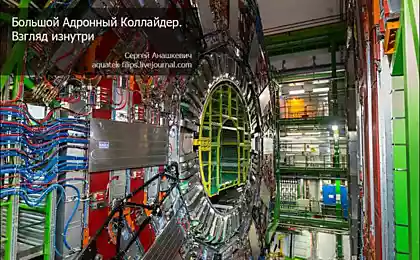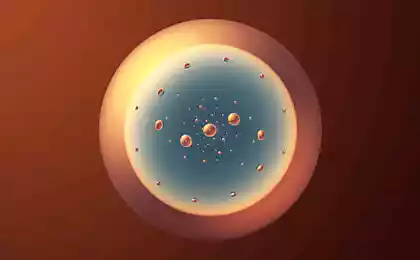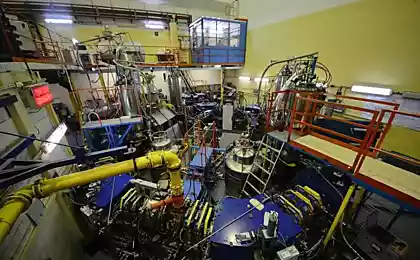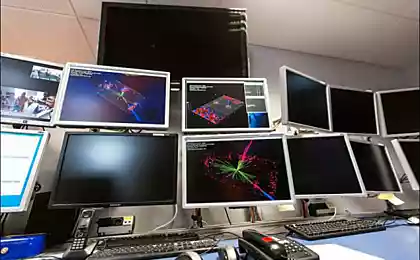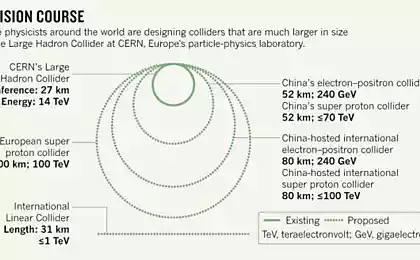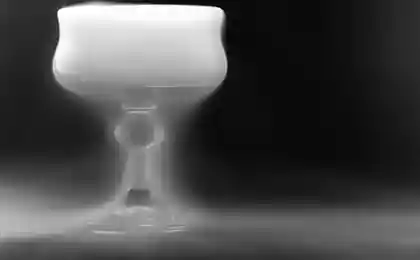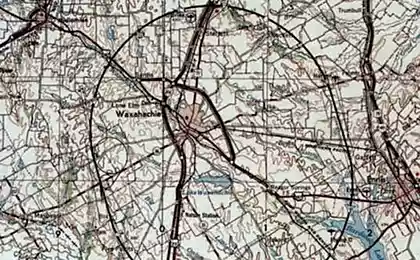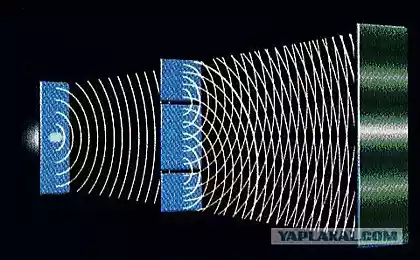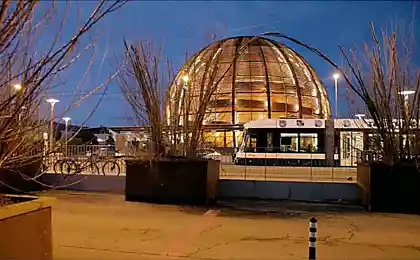256
Where do particles come from for accelerators?
When physicists need particles for accelerators, they come to our website and post ads in the comments, offering jobs to the vacant particles. Sometimes they need particles with a positive attitude, sometimes more neutral. Physicists then ask the particle out on a date, and if all goes well, offer to participate in the acceleration process. That's how the Higgs boson was made.
I wish. Unlike their biological colleagues (who can order rodents, ringed worms, or leeches online), physicists need to create their own test subjects. It is not easy to collect the right number of particles for a high-speed collision at the Large Hadron Collider.
Before we put them in a particle accelerator, let's figure out why we should do that. What are accelerators, and why can’t we accelerate anything more substantial than particles?
The most famous particle accelerator is the Large Hadron Collider, a 27-kilometer circular monster buried underground. Located in Switzerland, the LHC operates under the European Organization for Nuclear Research, aka CERN (the acronym makes sense if you know its French transcript). The LHC became very popular in 2012, when particle collisions shed light on the traces of the Higgs boson, for which this accelerator was actually built. The discovery of the Higgs boson has allowed physicists to speak more confidently about the Higgs field, as well as how matter in the universe acquires mass.
But if the LHC is a superstar in the accelerator world, there are many other lesser-known studios recording their records. There are about 30,000 accelerators in the world, and perhaps they are the ones to thank for the most practical inventions. And it's not just words. Scientists who wanted to study the superabsorbent polymers used in disposable diapers had trouble studying them in the wet state, so ta-dam turned to X-ray microscopy (which uses particle acceleration). Being able to identify and study the structure of molecular chains, scientists were able to correctly formulate the desired formula, so that modern diapers remain dry and thank particle accelerators.
In addition, accelerators are well used in the medical environment, in particular - in the study of methods of treating cancer. Linear accelerators (when particles collide with a target while flying in a straight line) direct electrons to a metal target, resulting in high-precision and high-energy X-rays that can treat tumors. And, of course, without accelerators in the theoretical physics of elementary particles anywhere – any theory needs practice. Now that we know a little about what accelerators are used for, let’s talk about what to feed them.
CERN scientists produce particles for themselves. This can be compared to the fact that the accountant builds his own calculator. But for particle physics, this is not a problem. All scientists need to do is start with hydrogen, knock out electrons with a duoplasmatron and be alone with protons. It sounds simple, but it's more complicated. Anyway, it's not that easy for those who don't get birthday cards from Stephen Hawking.
Hydrogen is a gas that enters the first stage of the particle accelerator, the duoplasmatron. Duoplasmatron is a very simple device. A hydrogen atom has one electron and one proton. In duoplasmatron, the hydrogen atom is rid of the electron by means of an electric field. What remains is a plasma of protons, electrons and molecular ions that travel through multiple filter networks, leaving only protons.
The LHC does not only use protons for routine tasks. CERN physicists are also colliding lead ions to study quark-gluon plasma, which remotely reminds us of what the universe was like a long time ago. By smashing together heavy metal ions (works with gold), scientists can create quark-gluon plasma for a moment.
You're already enlightened enough to realize that lead ions don't magically appear in a particle accelerator. Here's how it happens: A CERN physicist begins collecting lead ions from solid lead-208, a special isotope of the element. Solid lead is heated to steam - up to 800 degrees Celsius. It is then hit with an electric current that ionizes the sample to create plasma. Newly created ions (atoms with electric charge that have gained or lost electrons) are collide in a linear accelerator that gives them acceleration, leading to even greater loss of electrons. Then they get even more confused and accelerated - and lead ions are ready to go through the path of protons and break in the bowels of the Large Hadron Collider.
Source: hi-news.ru
Source: /users/1617
